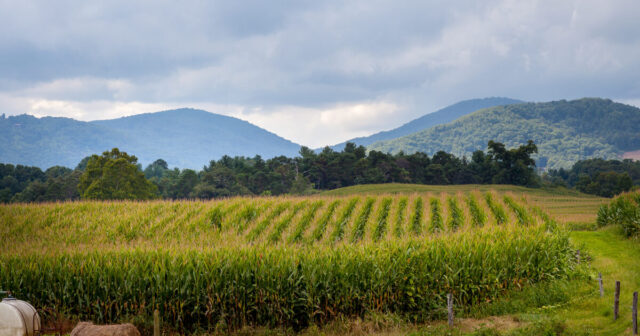The recent World Ag Supply and Demand Estimates included higher corn and soybean production in the United States. Chad Smith has more on the numbers and what they mean for farmers.
Smith: The January WASDE report showed a surprising jump in corn and soybean production. Betty Resnick, an economist with the American Farm Bureau Federation, talks about what the report revealed about supply and demand for agricultural commodities.
Resnick: Corn yields were raised to a new US yield record at 177.3 bushels per acre, which is really remarkable given how poor the growing conditions were. Those increases for corn and soybeans came from the yield. There’s actually a small reduction in acreage for both of those. Those increases in production were mostly keeping up with demand but still kind of bearish news for corn and soy domestically.
Smith: The report also included increased commodity supplies overseas.
Resnick: Internationally, it had a bump up in world ending stocks for corn, largely attributed to an increase in Chinese corn production estimates. When broken down to South America, the USDA had a pretty conservative reduction in Brazilian soybeans as compared to what a lot of folks are saying in the private industry. But it’s really important to remember with Brazil that it’s a massive country, and Mato Grosso is truly massive. It’s Brazil’s largest soybean growing state, but it is the equivalent of the size of six Illinois’, which is our largest soybean growing state.
Smith: She says much of the first WASDE of the year points to a possible downturn for commodity markets in 2024.
Resnick: Corn and soybeans are probably going to continue to see prices on the decline from these record-high prices we’ve had the past couple of years. That’s kind of what we’ve seen since this report came out, for the most part, in addition, just in the past couple of months, so I don’t know if there’s much bullish news in corn and soy’s future, but we’ll have to wait and see.
Smith: Chad Smith, Washington.




